Man-Made Causes of Subsidence
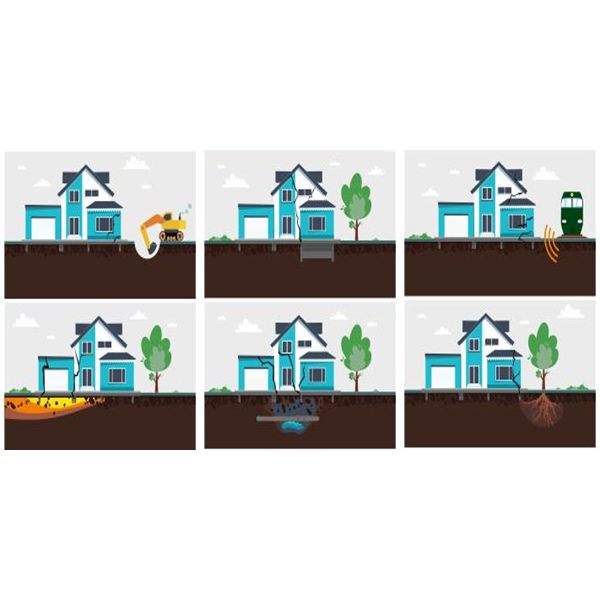
check Damaged drains. Water escaping from damaged drains can sometimes soften, or even wash away the ground beneath the foundations, resulting in ground movement and, therefore, building movement. This issue usually affects sandy or gravelly soil.
check Historic mine shafts. Mines are another cause of subsidence. Areas where there was heavy coal mining will have several open areas underneath the ground, which can lead to subsidence.
check Nearby traffic. If a building is near to an area of heavy traffic, the resulting extended vibration can cause soil to move.
check Improper ground preparation. If a building or structure has been built on compressible clay soil and no ground preparation has been carried out, this will often lead to subsidence.
check Construction work. Vibrations & moving of soil at nearby excavations for can have negative effects.
check Bad foundations. Incomplete/poor quality foundation works can cause subsidence problems later down the line, especially if they have incurred water damage.
Natural Causes of Subsidence
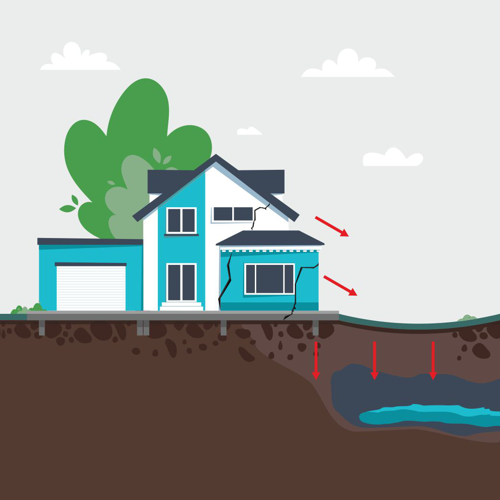
check Cohesive soils shrinking and swelling. Cohesive soils such as clay and silt are particularly likely to cause subsidence, since they shrink and swell depending on their moisture content. This means that the weather can have an enormous impact on their composition. Clay soil is found extensively across England and Wales, so this is a problem that will affect lots of people.
check Non-cohesive soils being washed away. Non-cohesive soils, like sand and gravel, are less susceptible to shrinkage and growth, but they are more susceptible to being washed away by water flow (such as when a water pipe is damaged).Our UK subsidence map to shows which areas of the country are most affected by subsidence.
check Movement of varying soil structures. If there are different soil structures underneath a building’s foundations, then their movement can result in subsidence.
check Soil decomposition. Some natural soils, such as peat, can decompose and cause ground movement.
check Trees and other vegetation.As much as that nearby tree or bush adds to the charm of where you live or work, there is the possibility that it could be causing subsidence to occur. Vegetation near the foundations can be a cause because roots suck moisture from the soil, causing it to shrink. This is more of a risk during long periods of dry weather as thirsty plants push their roots through building foundations in search of water. Oak, willow and poplar trees all absorb a lot of moisture from the soil.
Soils
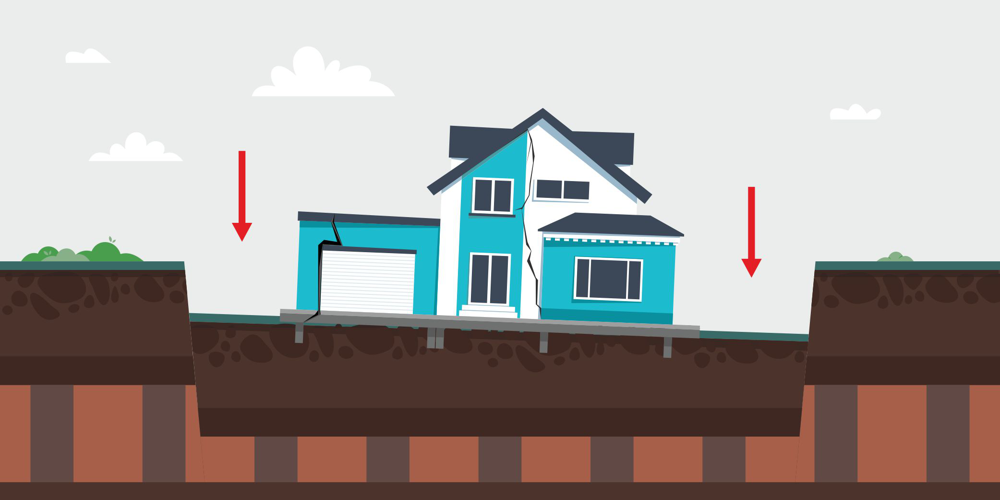
Soils such as clay and silt are classed as cohesive soils. This means that when wet and dry, they hold have a capacity to swell and shrink.Foundations built on such surfaces can witness changes from day to day, month to month and season to season.
Soils such as sand and gravel are what are known as non-cohesive soils. Shrinking and swelling doesn’t occur with this soil type. Unfortunately, they are not exempt from subsidence. They are made up of tiny particles which can erode and wash away over time.
Organic soils naturally decompose due to their makeup. Oxygen naturally shrinks particles resulting in a smaller load bearing capacity.
Drainage Issues
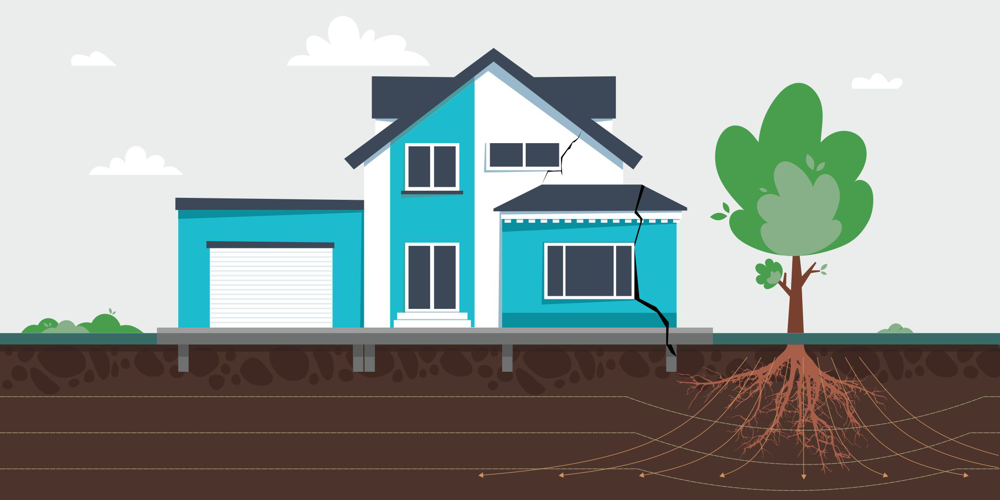
Water makes the ground softer meaning that supporting soils lose some structural support. As a result, foundations begin to sink. Water washes away non-cohesive soil particles meaning there simply isn’t the same volume that there was before.
Trees, plants and shrubs spark in excess of 60% of claims. Big trees, in particular, are guilty of actively taking moisture away from foundation supporting soils if planted too close to a property. Plants need to water in order to live and roots go in search of moisture. In areas of shrinkable cohesive soils, plants pose the risk of taking away so much water from foundation support that subsidence may occur. As you might expect, different species absorb different amounts of water. As a general guideline to planting distances from a property, root length and tree height are around the same.
The Cost of Subsidence

Ground and land subsidence is a potentially catastrophic problem for your home or business.From visual issues to more serious safety and financial implications, the problems caused by subsidence are wide-ranging. It is a problem that needs to be dealt with in a timely and professional manner.
Aesthetic Impact
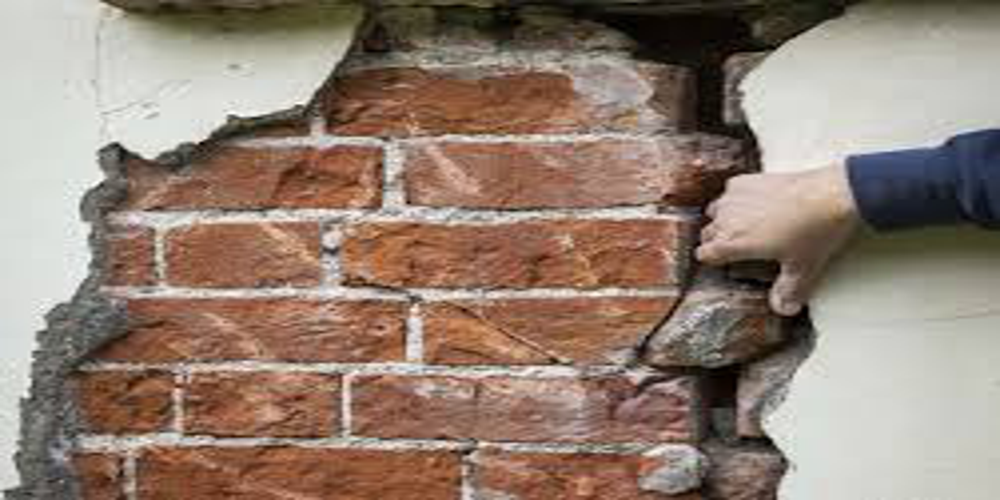
Huge and horrible cracks creeping across your walls, plaster flaking off, wallpaper rucking at the edges and brickwork shifting out of place are all ways that subsidence can make your home or business look worn out and uninviting. This not only makes the building look dramatically worse, it can naturally also lead to the fall in the value of your home, which could be devastating for you if you’re trying to sell it. If you’re running a business, cracks in the walls and plaster crumbling off could potentially turn away customers and clients, leading to an unnecessary loss of revenue.
Catastrophic Consequences of Subsidence
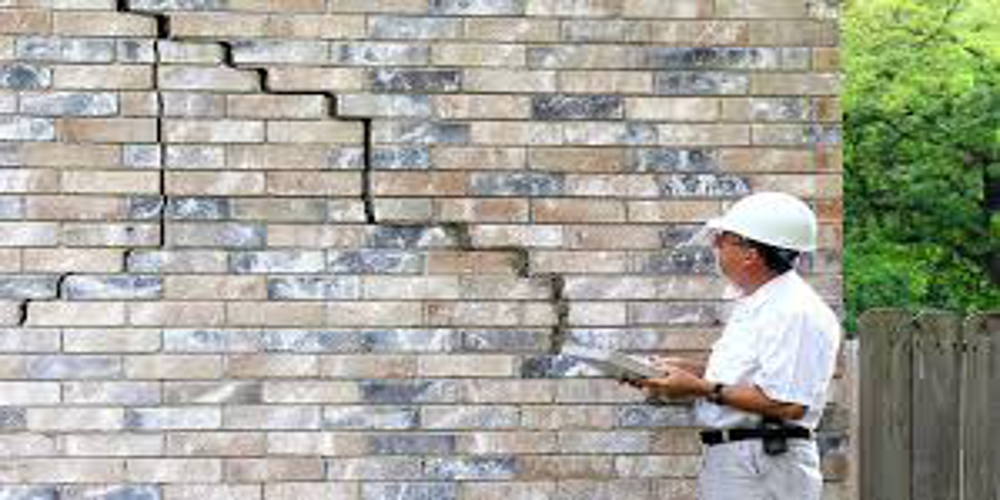
As well as the threat to the look of your property, there is a multitude of other inconveniences, problems and disasters awaiting you if you don’t get your subsidence treated. Doors and windows, which are structural weak points, might start getting stiff or stuck, due to distortion. Pipework and electrical wiring are also under threat from the sinking and movement of walls.
In your home, this can be annoying and unpleasant and in a business this can make parts of the building potentially unusable, leading to a waste of money. If you notice issues with your plumbing or lights, then this could be a symptom of ground subsidence. At the extreme end of potential problems is massive structural damage to your property. If you start to notice significant structural damage, health and safety becomes a concern. This is obviously a potentially calamitous scenario for a home or a business.
Business property owners have the added threat of legal action potentially being taken against them if these risks ever become a reality. If parts of your building collapse, you might find yourself unable to use it, which leads to huge problems and costs for homeowners and business owners.
Financial Implications of Subsidence

On top of all that, there’s also the extensive repair costs which you may have to deal with if subsidence is left to get worse. Untreated subsidence can lead to significant loss of property and structural value, as well as costs to your business from an inability to use your premises or structures for their planned purpose. Why take the risk with your property? Do not leave it too late—it’s not worth it.
sync_problem Common Causes
INTERESTED IN OUR SERVICES OR WANT TO GET A PRICE ESTIMATION?
If you want more information about Groundtek and our services, or if you are wondering if our solutions could be the right solution for your object, fill out the contact form and one of our experts will be in contact with you.
HOME CORNER STABILIZATION
HOME CORNER STABILIZATION
After investigation of the residential building, week soil was found…
STRENGTHENING OF THE FOUNDATION OF A HISTORICAL BUILDING
STRENGTHENING OF THE FOUNDATION OF A HI…
The administrative center of the Belarusian Orthodox Church, which is…